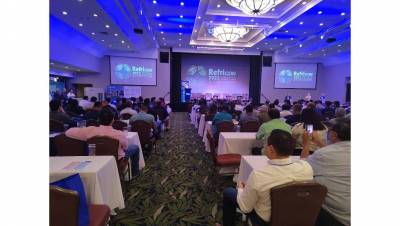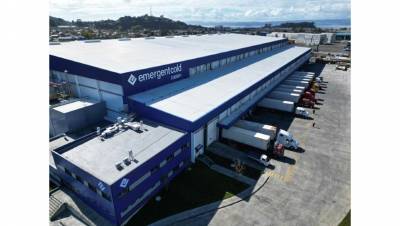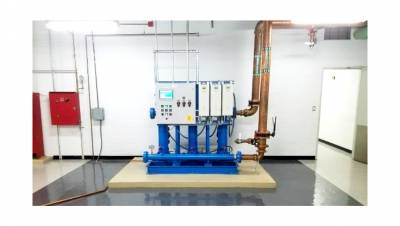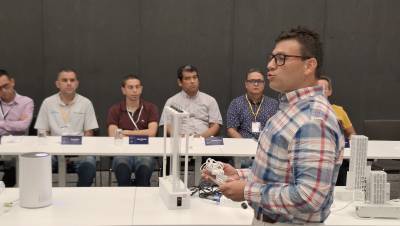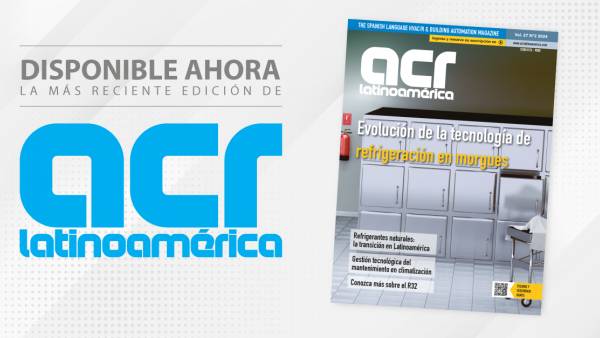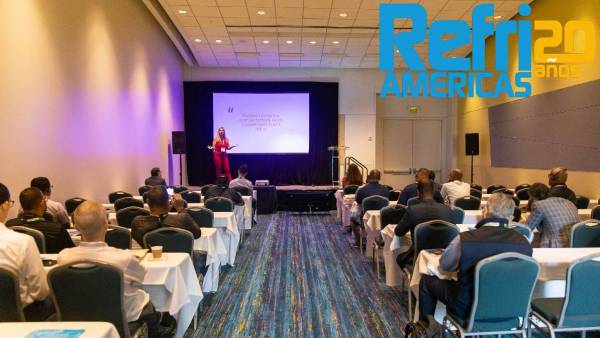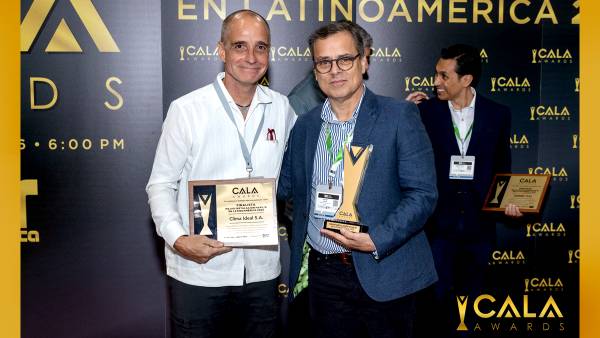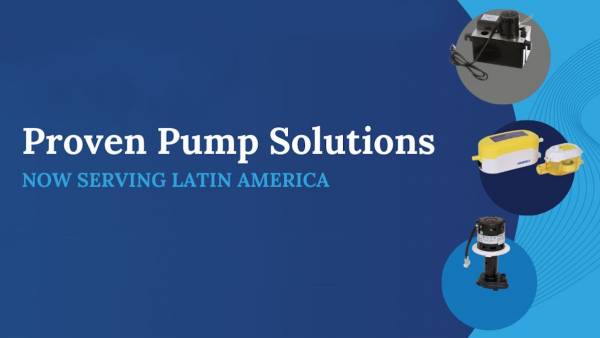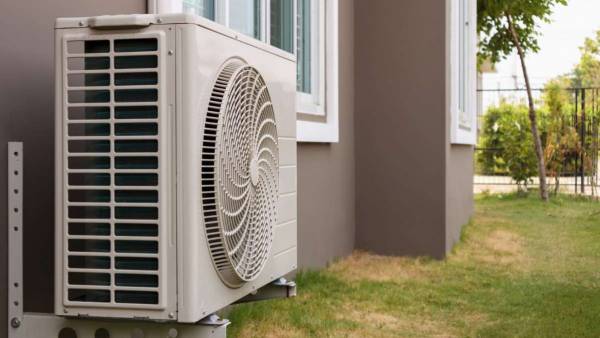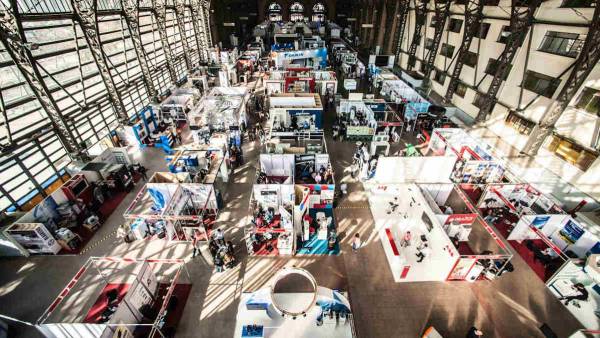 Air Conditioning Systems in Mines
Air Conditioning Systems in MinesWhen the underground ventilation system of a mine, with all measures taken to control and reduce temperature and humidity, is unable to provide the environmental conditions required by the applicable government regulations and by the norms or standards adopted by the particular mine itself (provided that these are higher than the legal requirements), then it is necessary to condition the air, usually to provide it with a greater cooling capacity, by means of an air cooling system.
Air conditioning in mines is necessary to carry out the activities and production processes of the place. This requires specific conditions.
.
When the underground ventilation system of a mine, with all measures taken to control and reduce temperature and humidity, is unable to provide the environmental conditions required by the applicable government regulations and by the norms or standards adopted by the particular mine itself (provided that these are higher than the legal requirements), then it is necessary to condition the air, usually to provide it with a greater cooling capacity, by means of an air cooling system.
In some mines in other countries with very cold climates in the winter they require heating the air. This is not the case in Mexico so that issue is not addressed, even though it is also part of air conditioning.

Heat sources in underground mines
The predictable result of a mine deepening is that its temperature increases and that its humidity also increases (Figure 1), to a certain extent at which an increase in ventilation flows is not sufficient to maintain adequate environmental conditions in the mine. It is time to resort to cooling systems, having to select the system that is most convenient for the particular conditions of the mine.
To plan a cooling system you have to determine the amount of sensitive and latent heat that must be removed, in other words you have to determine the cooling load. In order of importance the heat sources in an underground mine are: adiabatic compression or self-compression of the air, heat from the rock (geothermal gradient), electromechanical equipment and lighting, groundwater, oxidation, blasting, human metabolism, rock movement and pipes. The temperature and humidity of the ventilation air must be taken into account due to its effect on the heat flow of the rock and groundwater.
Adiabatic compression or self-compression of air
In significantly vertical shots and mining works, the weight of the air column causes a compression at the bottom of the column that is accompanied by an increase in air temperature, as happens when air is compressed using compression equipment.
To determine the amount of heat produced by the self-compression of the air, the assumption is made that the compression of the air is performed adiabatically, that is, it is assumed that the content of water vapor in the air remains constant, that there is no friction in the air flow and that there is also no heat transfer between the air and the walls of the draft or mining work.
Actually, there are usually changes in the water vapor content, there are heat transfers, and there is friction in the airflow.
It is estimated that, in general, the increase in dry bulb temperature due to self-compression is 1 °C per 100 meters of draft depth.
 The theoretical increase in the dry bulb temperature of air in a draft by which air is lowered can be calculated by the equation:
The theoretical increase in the dry bulb temperature of air in a draft by which air is lowered can be calculated by the equation:
Where T is the absolute dry bulb temperature, P is the atmospheric pressure, it is the ratio between the specific heats of the air at constant volume and pressure and subscripts 1 and 2 denote the initial and final conditions respectively.
The γ values are 1,402 for dry air and 1,362 minimum for saturated air; the exponent (γ-1)/γ therefore takes the values of 0.287 for dry air and about 0.266 for saturated air. In the use of this formula it is being assumed that the behavior is adiabatic. That is, when the vapor content of the air remains constant, there is no friction in the flow and there is no heat transfer between the air and any other body.
In a real mine, of course, this never happens. In a practical way, without considering the theoretical calculation, the increase in dry bulb temperature is estimated at 5.3 °F for a decrease in elevation of 1,000 feet (9.66 °C/1,000 m).
The increase in wet bulb temperature is more variable and not easily capable of calculation.
For estimation purposes, the increase in wet bulb temperature can be approximated as 0.45 times that of the increase in dry bulb temperature, or 2.4 °F for a decrease in elevation of 1,000 feet (4.37 °C/1,000 m).
Once we have talked about the heat sources inside the mines and reviewed an example, we can get fully into the topic of cooling. There are different cooling systems or plants.
The efficiency of the air cooling system in mines is directly linked to its characteristics and responsiveness.
.
Once we have talked about the heat sources inside the mines and reviewed an example, we can get fully into the topic of cooling. There are different cooling systems or plants:
Mine air cooling
The purpose of conditioning the air of the mine by imparting greater cooling capacity to counteract adverse environmental thermal conditions, is when the ventilation cannot maintain adequate environmental thermal conditions.
In order to decide which air conditioning system is appropriate, the following data must be known and/or established: physiological, meteorological on the surface, geological, production and ventilation parameters.
If refrigeration is necessary, according to South Africans, it should be done in three phases. In the first phase, the mine service water must be cooled to the lowest possible temperature. In the second phase, the air incoming the mine is cooled to compensate for the effects of humid summer air, self-compression and heat sources on the firing system. Finally, in the third phase, the ventilation air is cooled again from time to time in the recesses using coils with cooled water.
Classification of plants or cooling systems
The logical places available in an underground mine where the cooling plants must be located are: on the surface or inside the mine. Cooling systems are classified in terms of their location and how to dissipate the heat generated by plants. It is known that no two mines are the same, so to choose a system you must take into account the individual conditions of each mine.
Surface water with heat arrangement to drainage water
For such a system you need to have a lot of cold water available on the surface, such as a river or a lake, which is an uncommon situation. The water thus available is piped to be lowered to the mine and used in air conditioning plants, once used it is discharged into the mine drain. (Figure 1).

Tests have been done to make ice on the surface and send it by pipe to the mine in a grout of water at 0 ° C with ice. However, the capital cost of making ice on the surface is higher than that of mechanical cooling units inside the mine.
I. MASSIVE COOLING OF SURFACE AIR ENTERING MINE II. UNDERGROUND AIR COOLING a) Cooling plantb) Evaporative cooling (Cooling tower)
(a) Disposal of heat inside the mine(b) Surface heat arrangement
MASSIVE COOLING OF THE AIR INSIDE THE MINE-
Cooling units with heat arrangement in mine drainage

In this system the cooling unit is located inside the mine and they cool the air directly or by passing it through a heat exchanger. The condenser of this unit is cooled by mine water, the water after cooling the condenser is discharged to the water pumping system. The system requires quite a bit of water. There are units that accept water at a temperature of up to 40°C (104°F), using the correct coolant. Mine water must be free of sediment and dissolved solids, must not be corrosive or create scale in pipes.
Of course the discharge of hot water from the condenser should not be in contact with the incoming air so as not to add that heat to the air. (Figure 2).

